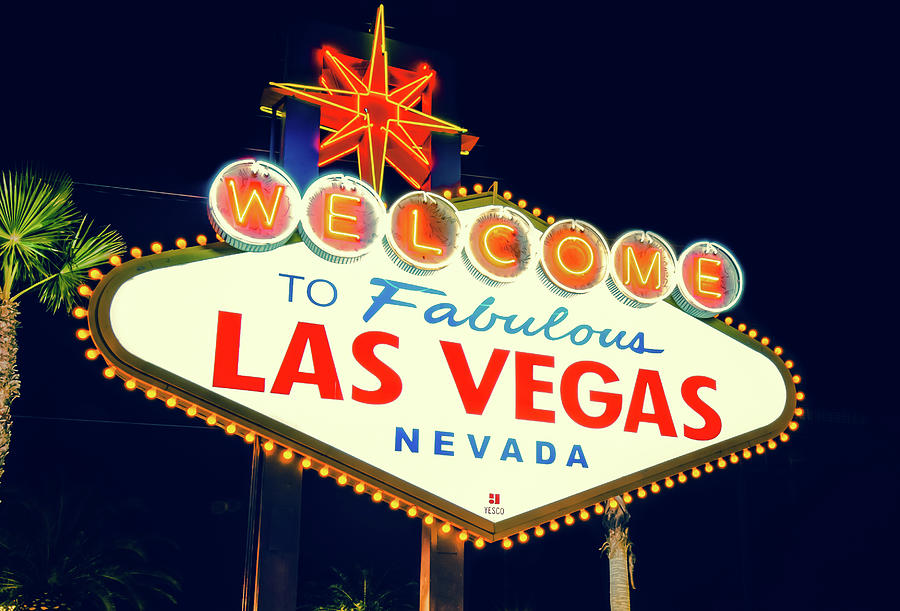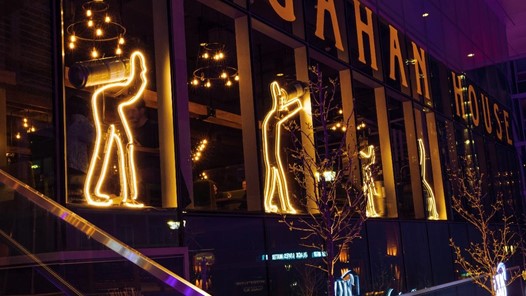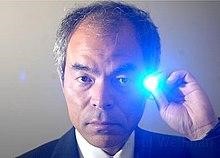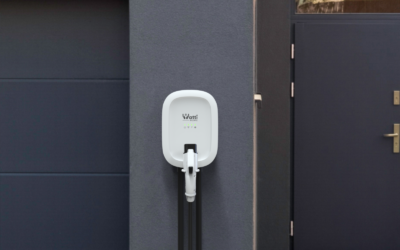
To those born after the start of the 21st century, LED lighting may seem like a routine, expected technology. But did you know, Shuji Nakamura (The Godfather of Modern LED) won the Nobel prize in physics for his work in the creation of the high output blue LED in the early ’90s?
We’ve come a long way since Henry Round noticed light emission from cat’s whisker detectors while working with Marconi on long-distance radio transmissions.
LED lighting is advancing at a rapid pace and lighting designers all over the world are coming up with new, innovative ways to incorporate them into fixtures. So what product out there is really raising the bar in LED lighting design you may ask? There’s one LED product that has brought a whole new usability to its distant cousin.
LED Neon Flexible Tape Light
Traditional Neon lights contained lead, mercury, argon, and other gases with the product falling out of favour after their North American surgent of the 1950s for sign and facade lighting.
Here it is 2021 and the functionality and simplicity of LED Neon Flex is sparking a resurgence in how we outline and highlight signs, create eye-catching artwork, and the interior and exterior facades of buildings.


LED Neon flex is a LED tape light, positioned within PVC or Silicone to allow it to bend sideways or along the top, with a diffuser lens allowing for light output up to 270 degrees. Perfectly matching what Neon could do, but without the need for blown gas or specialized trades to construct it. LED Neon can be sold on reels and cut in the field by an electrician to match any profile or sign.

Its applications can start with spaces as simple interior accent lighting for coves, or following the curvatures where the light source is visible. For curved archways, traditional lighting or LED tape would not be able to produce this effect because of its limitations. With LED Neon this could be configured easily in the field at the time of construction.

The next application where traditional Neon starts to fall short is as a contemporary façade light weather looking to add a simple accent light to the building or pixel-level control to have one run of LED neon tape output different colours at different sections of the tape, what is referred to as “pixel” level control.

Of course, the next application goes without saying, sign lighting. LED Neon Tape is so flexible as an in-field installation most simple signs can be done with a rough trace on a wall and your favourite electrician. With tops bends, side bends and multiple power feed exit options as well as installation mounting channels. There is really nothing you cannot do with LED neon tape. Its major benefits over traditional Neon signs include:
- High-Quality Brightness and Brilliant Color
- Energy-Efficiency
- LED Lit Signs Last Longer
- Lightweight Design
While the usages for this product are still being explored, one of my favourite applications is for accenting artwork or outright creating it. We have seen LED Neon used to compliment and create artistic silhouettes or follow curvatures to accent multiple forms in public spaces. Here is one from the Nova Center’s Gahan House in downtown Halifax.

Gahan House, Halifax, N.S.
Keep your eye open for some more featured projects coming to our local market using the latest in LED Neon Flex!
Interested in how the LED Neon Flex Tape could bring your project to life? Send us a note.




